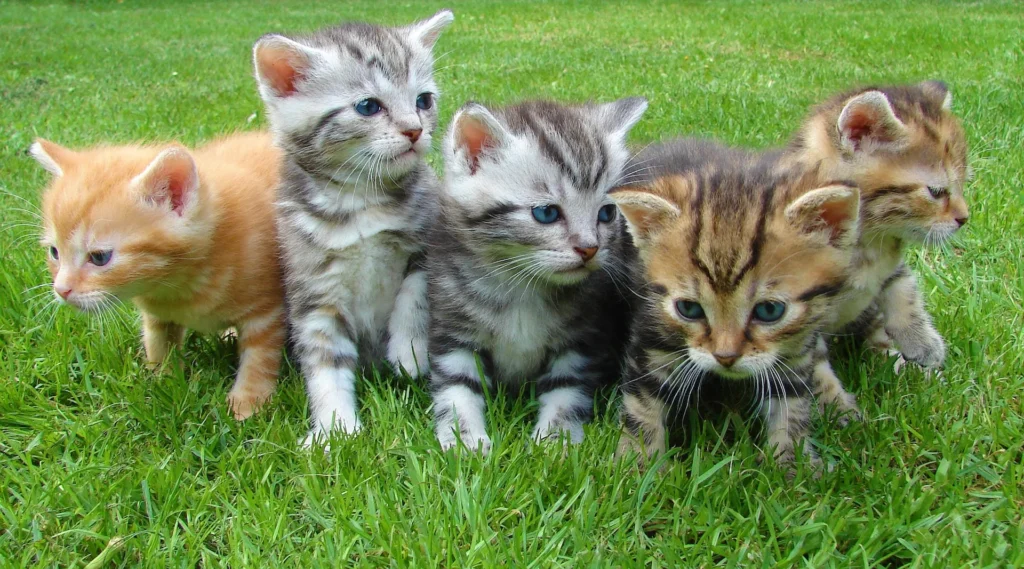
Cats are amazing pets and it’s easy to see why. They love to cuddle, yet they like being their own cat. They are always doing something that gets you scratching your head. Cats are sure interesting and complex creatures to say the least.
Getting a new cat can be an exciting time, but it helps to understand some basics about their care, behavior, health, and more before bringing one home.
Choosing a Cat Breed
With dozens of breeds to choose from, selecting the right cat for your home is an important first step. Consider these most popular breeds and their general traits:
Siamese
Known for their very vocal and social nature, Siamese cats crave human interaction and can adapt well to different lifestyles. They have a distinct appearance with darker face, ears, feet and tail contrasting with a lighter cream-colored coat. Siamese are active and playful well into adulthood.
Persian
The beautiful long-haired Persian thrives when kept safely indoors, as they need help grooming their lush coats daily. While cute and fluffy in appearance, Persians tend to be calm and docile. They are perfectly content lounging the day away or sitting in a lap.
Maine Coon
Among the largest domestic breeds, the gentle Maine Coon is both family-friendly and dog-like in tendencies. Most are easy-going, enjoy playtime, and are tolerant of children. Their water-resistant coats come in nearly any color and require weekly brushing.
Ragdoll
Known for going limp like a ragdoll when held, this large, laidback breed is a wonderful family pet. Most Ragdolls love being carried around and greeted by their humans. They tend to follow owners from room to room and snuggle up at bedtime.
Domestic Shorthair / Longhair
The most common house cats are not a specific breed at all but rather domestics with short or long fur. While their coats vary wildly, domestics share personality traits like playfulness, curiosity, and loyalty. They make well-rounded pets adaptable to many households.
When selecting a breed, be sure to research their activity levels, grooming needs, health issues and temperaments. Pick one that aligns with your lifestyle. Kittens also require more hands-on care compared to adult cats. Shelters and rescue organizations can help match you with the perfect furry friend.
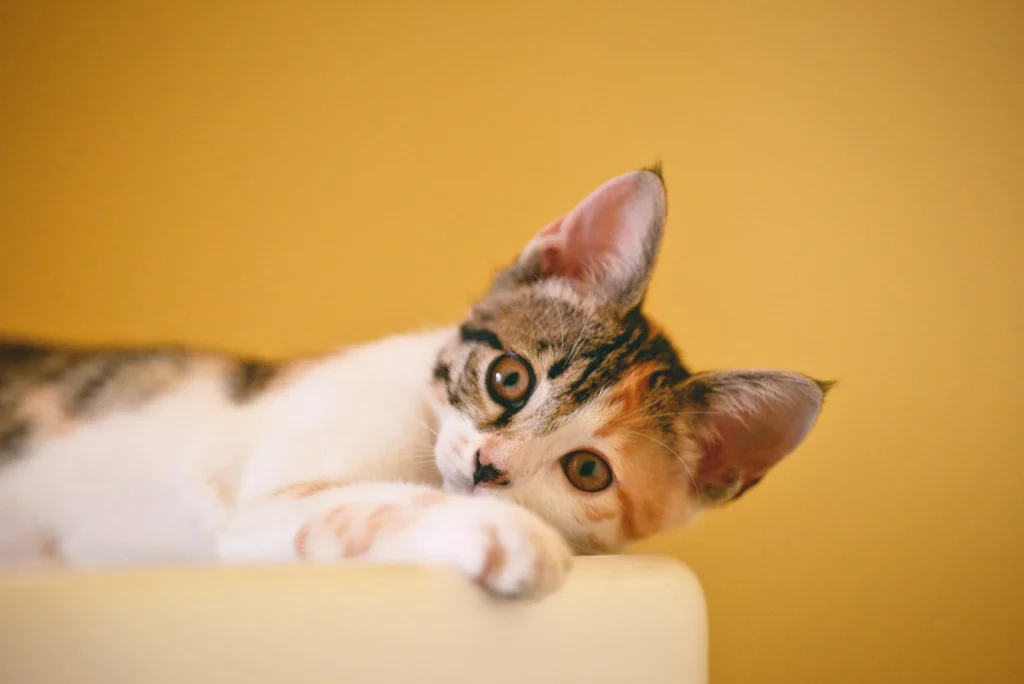
Preparing Your Home
Before pickup or delivery, prepare your home so kitty can more smoothly adjust to their new environment:
Cat-Proofing
Make indoor areas safe by storing any toxic chemicals, small objects that could be swallowed, and plants out of reach. Secure appliance cords. Check for any tiny openings a tiny kitten could wiggle into and get stuck. Install child locks if needed.
Litter Box Setup
Place at least one large litter box with low sides in an easily accessed but private area. Put litter mats outside the box to catch tracking. Stock up on cat litter appropriate for your cat’s preferences and age. Many kittens do well with lightweight, clumping litter.
Bed, Perches & Hiding Spots
Provide a warm, cozy bed in a quiet location so kitty can comfortably rest and retreat when overstimulated. Cat beds with high walls and plush liners work well. Set up a cat tree, cardboard boxes, or high shelving for climbing and perching. Research best areas of your home to install cat shelving on walls.
Feeding Station
Set up an area just for your cat’s food and water. Use puzzle feeders or hiding small portions of dry food to encourage natural hunting behaviors. Ceramic and stainless steel bowls minimize bacteria. Consider purchasing a circulating water fountain.
Scratching Solutions
Provide sturdy scratching posts wrapped in sisal rope or corrugated cardboard. Place them near sleeping areas and heavily trafficked areas. Use catnip spray to initially attract kitty. Trimming nails regularly also curbs destructive scratching.
With some planning, you’ll be off to a great start when kitty first arrives! Be sure to maintain this safe setup.

Bringing Home A New Cat
The initial trip home and first few days call for extra TLC as your cat acclimates to unfamiliar territory. Here are some tips for getting started on the right paw:
Transport Safely
Keep carriers well-ventilated and covered during transport so kitty feels sheltered and secure. Avoid loud environments and introduce to your home in a quiet space with few people at first. Consider rubbing some lavender essential oil just outside carrier to help ease anxiety.
Confine at First
Limit access by keeping doors shut and only allowing access to one small room at first, expanding slowly room by room over 2 weeks. Feed, play, pet and scoop litter in their initial safe room. Provide enrichment with toys. Stick to this schedule for many days while your cat adjusts.
Health Check & Vet Care
Schedule a vet visit shortly after adoption or rescue. Kittens need a series of boosters while cats new to your home often do best with deworming, parasite prevention, a micrchip and possibly dental care if never done before. Discuss ideal nutrition and record keeping with your trusted vet.
The first few days call for extreme patience – your new family member will come out of hiding and acclimate in their own time. Keep children and other pets away until your cat freely moves about on their own. Go slow with introductions. Soon enough, your patience will pay off with years of delightful companionship.
Providing Proper Cat Care & Enrichment
Caring for a cat extends far beyond just filling up food bowls. Here is a look at key elements of providing daily enrichment along with proper nutrition tailored to your cat’s life stage:
Kitten Care (0-6 months)
Growing kittens need nearly double the calories per pound compared to adult cats along nutrition for developing bones, muscles, organs, and immune systems. Look for high-quality kitten food labeled as “All Life Stages” and feed amounts based on target weight. Water should always be freely available. Feed frequent small meals the first few months and keep adjusting amounts as they grow. Continue feeding kitten formula if kittens are orphaned very young.
Kittens also need supplemental vitamins & minerals for development in the first year. Taurine deficiency can cause heart and eye issues while lack of vitamin A negatively impacts vision and immunity. Consider supplementing or ensuring adequate amounts in food. Beyond feeding, kittens need extra grooming care since they don’t effectively clean themselves at first. Refrain from bathing but use pet wipes for faces, ears and bottoms after mealtimes if needed. Monitor litter box use and stimulate genitals with a warm, wet cloth if struggles arise. Kittens should see a vet every 3-4 weeks for the first 6 months for continued deworming, vaccines and examinations to stay healthy. Give them outlet for energy with extra playtimes using interactive cat toys. Set boundaries early on to shape good behavior.
Adult Cat Care (1-7 years)
As indoor adult cats reach one year old, transition them to high quality adult cat food. Follow label instructions based on your cat’s ideal weight once full grown, normally 12-18 months old. Weigh out regular daily portions rather than free feeding to prevent obesity. Cats have specific nutritional needs including protein, amino acids like taurine, fatty acids, vitamins and minerals. Try to pick grain free, no by-product foods with actual named meat as the first ingredients rather than generic terms like “meat meal”. Wet and raw foods often have less carbs and more protein compared to many dry kibbles. Provide some variety like rotational diets if your budget allows.
Beyond feeding quality nutrition, annual vet exams are important for vaccinations and diagnosing any issues early on. Protect against heartworm disease and parasites. Schedule dental cleanings to remove tartar if needed. Nail trims every few weeks help keep claws healthy. Give them outlets like cat trees and scratching posts for exercising natural scratching needs. Interactive play reduces boredom and unwanted behaviors. Respect sleep routines by providing a quiet sanctuary free fromconsistent bothering.
Senior Cat Care (8+ years)
Gradually transition aging cats over 7 years to senior cat food which is more easily digestible and supports joints with glucosomine and chondroitin sulphate. Watch portion sizes to avoid obesity which taxes fragile joints and hearts. Hydration is also critical – cats won’t always drink enough water due to reduced sense of thirst. Consider adding more wet food, bone broths or even subcutaneous fluids later on under the skin when able.
Senior cats should see a vet every 6 months given increased likelihood of diseases like diabetes, hyperthyroidism, kidney and heart disease. Bloodwork and urinalysis catch issues early. Behavior changes like meowing or litter box avoidance could indicate pain needing pain medication – don’t dismiss as just normal aging. Maintain comfortable sleeping areas, rubber backed mats and ramps for limited mobility. Adjust play to abilities – wand toys or food puzzles for mental stimulation.
While more care is involved in their sunset years, maintaining good nutrition and low stress contributes to better quality of life in aging cats.
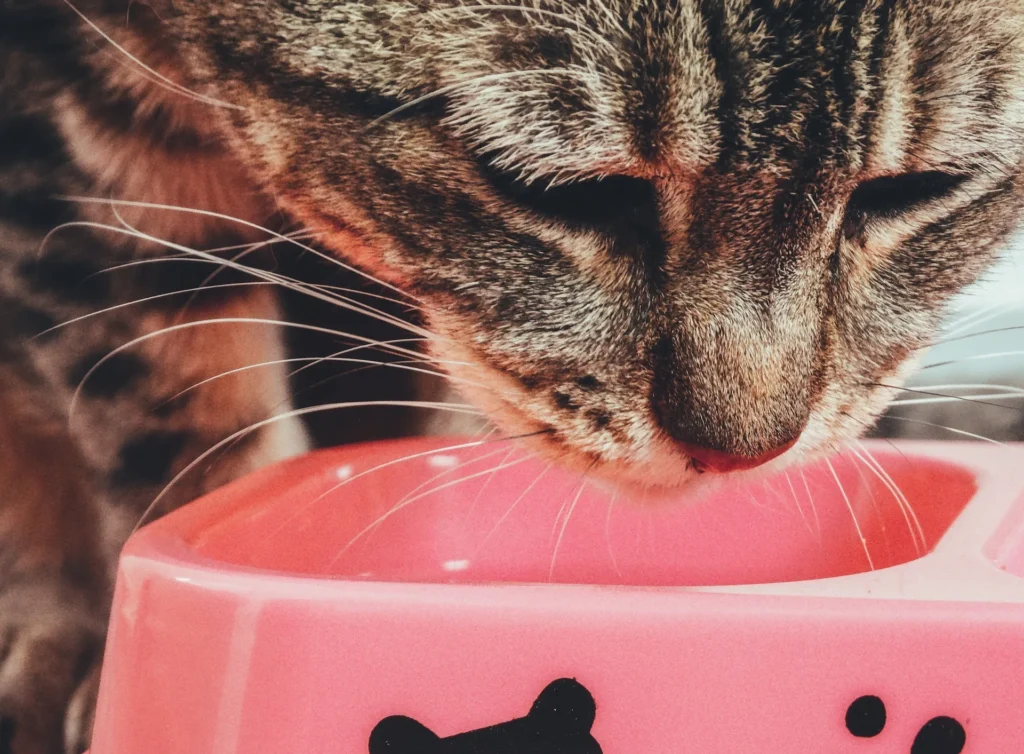
Understanding Cat Behavior
While cats may seem mysterious in their behaviors, understanding the motivation behind common feline habits can help you respond appropriately as an owner. Here’s more on cat communication styles, playtime antics, and personality differences:
Vocalizing
Cats use a variety of vocal sounds like meowing, trilling, chirping and growling to communicate messages. The context of sounds paired with body language helps indicate their meaning. For example, a drawn out meow as kitty winds around your legs probably signals it’s dinner time. Chattering noises while staring intently out a window conveys excitement or agitation at prey. Growling accompanied by flattened ears warns that a situation is making them feel threatened. Over time you’ll learn to distinguish their most common vocalizations.
Body Language
Since cats rely heavily on body language, paying close attention to subtle cues in their posture, ear position, pupils, and tail and head position reveals inner emotions. For example, a slow blinking cat with half closed eyes shows contentment and calmness. Alert upright ears facing forward indicate curiosity. Agitation or anger displays through flattened ears folded tightly back and side to side twitching tail. Learning some basic body language goes a long way in understanding feline needs.
Scratching Behaviors
Cats innately scratch objects like furniture and carpeting for many reasons. Frequent scratching helps remove the dead husks around their claws allowing newer, sharper nails to emerge. Stretching the toes, paws, and body during a thorough scratch session also relieves tension. The friction kickstarts scent gland secretions for marking territory too. It’s a completely normal behavior. The key is providing acceptable scratching solutions like posts wrapped in sisal rope or cardboard. Use catnip spray to entice your cat over to vertical scratching spots. Trim nails regularly to minimize damage. Reward with treats when they use designated scratchers.
Individual Personalities
While genetics influence personality, each cat develops their own unique preferences and quirks within those innate tendencies. For example, one Siamese may be quite vocal and attention-seeking while another more aloof. Early positive handling and socialization also modify personality over genetics alone. Creating routines with consistent rules and schedules brings out the best in every cat. Spend time daily getting to know your individual cat’s special personality including their favorite toys, chin scratches, preferred games and sleeping spots for happy coexistence.
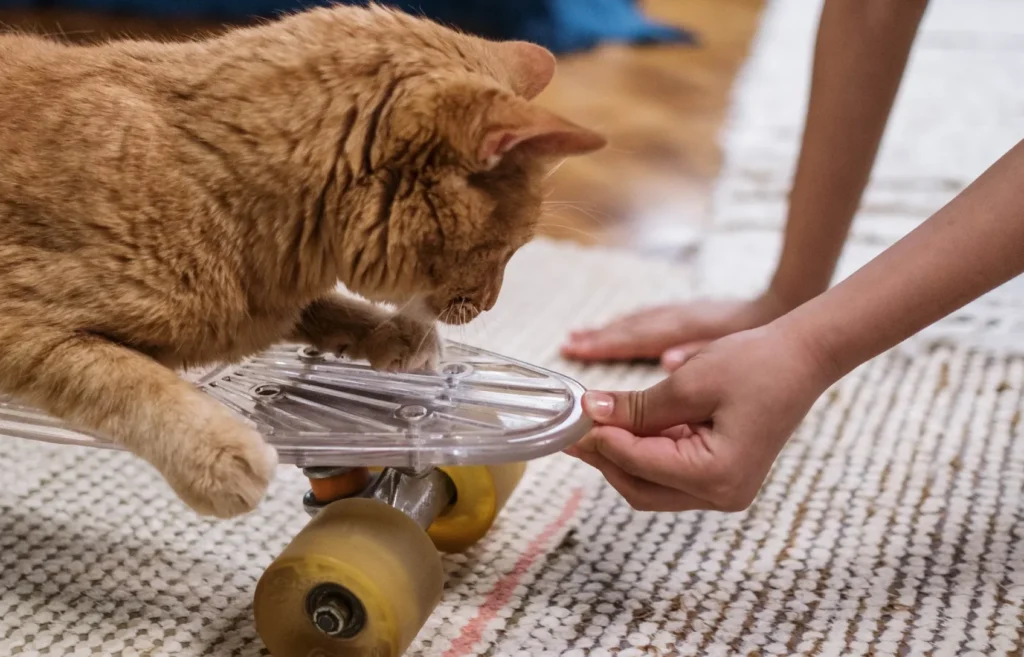
Selecting Toys and Essentials
Beyond basics like food and litter, enrich your cat’s environment with these recommended toys and accessories for optimal health and happiness:
Interactive Toys
Mimic prey with interactive toys on strings and poles for aerobic exercise indoors. Try varying motions and hide the toys just out of reach behind furniture to spark play drive. Rotate toys to prevent boredom. Ping pong balls, toy mice and balls in revolving circular tracks also encourage activity for cardiovascular fitness and reducing unwanted behaviors stemming from pent up energy.
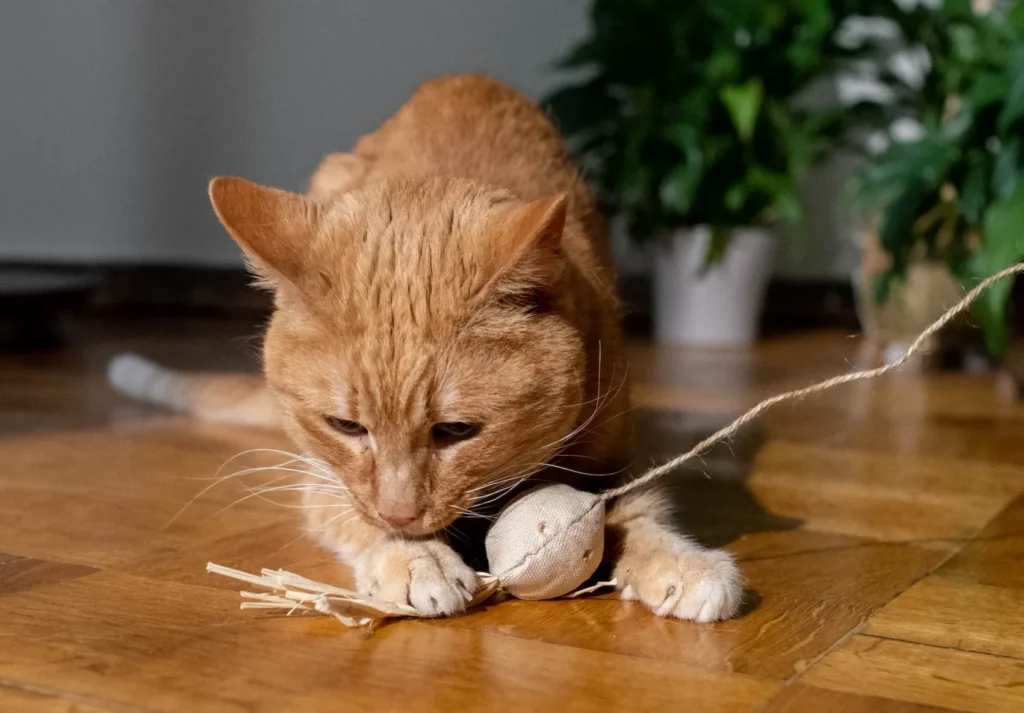
Puzzles & Treat Dispensing Toys
Keep your cat mentally stimulated by stashing portions of food inside puzzle feeders, wobbling treat balls and hollow play cubes they must maneuver to access kibble. Start with easy modes and watch the delight on your cat’s face as they learn to solve feeding puzzles. This helps satisfy innate hunting needs.
Cat Trees & Scratching Posts
A good cat tree with sisal lined posts, hidey-holes and perches provides a dedicated place to climb, scratch, retreat and survey the home from on high. Try different shapes with cubby holes and dangly toys to test preferences. Strategically place scratching posts around the home too – cover vertically oriented logs in carpeting or natural fibers that cats prefer over wood.
Natural Catnip & Organic Treats
Most cats enjoy harmless reactions to nepetalactone compounds in catnip that trigger scent rolling, strange vocalizations and frenzied play. Try organically grown catnip plants or loose dried leaves in toys. Limit treat intake by using healthy low calorie options like freeze dried shrimp or chicken as occasional rewards during training and playtime reinforcement.
Dental Aids
Support oral health between annual dental cleanings by offering dental treats and foods with kelp, zinc and vitamin C to reduce plaque. Brush teeth with a soft baby toothbrush and enzymatic cat toothpaste if your cat tolerates handling. Add water to dry food or feed wet food to increase water intake and oral hydration.
Safety Cat Collars & ID
Let your cat explore supervised outdoors while staying visible and identifiable with a brightly colored safety collar and loud bell. Make sure contact info and microchip ID are easily accessible. Breakaway cat collars prevent accidental choking while elastic stretch fabrics keep legs from getting caught. Frequent collar checks ensure proper fit as your cat grows.
Outfitting your home with this collection of mentally and physically stimulating toys will help your new cat settle in with comfort and ease while staying entertained. Continue observing what unique toys and relaxation accessories your individual cat responds best to.
Becoming a Lifelong Learner
Caring for a cat never stops at just the basics. From kittenhood through the senior years, continue learning, adapting and growing your cat care skills. No question is too silly – always ask trusted vets for advice. Stay up to date on new health studies and products that support your cat’s changing needs. Join local cat groups to exchange tips with fellow feline fanatics. Read cat behavior books and watch educational videos to keep perspective when frustrations arise. Invest time daily through playtime, positive training reinforcement and knelt down petting sessions. This deepens the human-feline bond over a lifetime of delightful companionship. With expanded knowledge and empathy, cherish each chapter in your remarkable friendship with the purrfect furry roommate by your side.